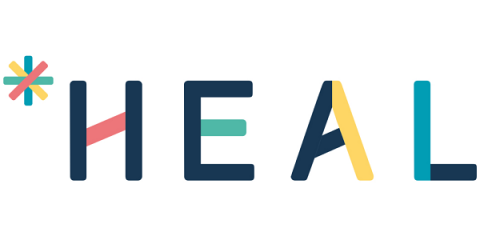Strengthen Your Cloud Ops with Preventive Healing
The cloud is driving enterprise digital transformation. Gartner predicts that by 2026, public cloud spending will exceed 45% of all enterprise IT spending, a 2.5x growth from 2021. Enterprises globally are accelerating application modernization, embracing the cloud. This is giving rise to a few key trends. Software-as-a-Service (SaaS) adoption is on the rise. So, organizations are using applications whose implementation/infrastructure they have little or no control over.


